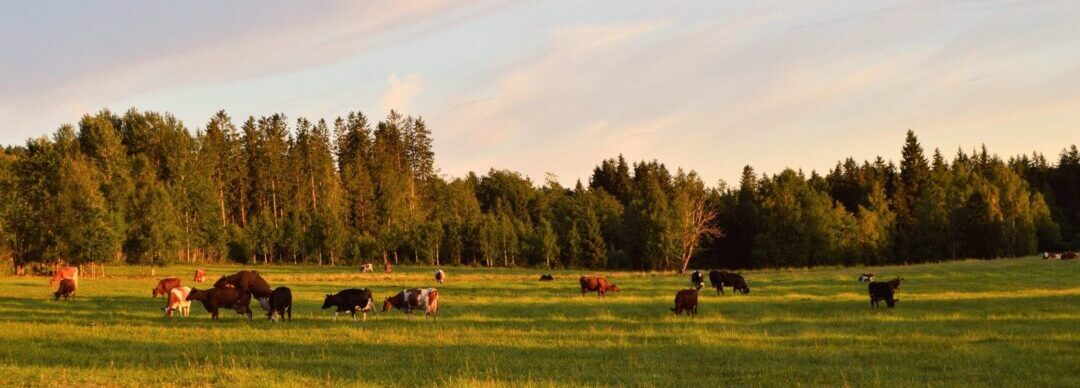The beginning of the year marks the start of female and bull buying decisions for producers in the southern states. Whether a producer is selecting for Continental, British, American, or a combo of the three, this publication serves as a reminder of the foundation traits to manage for this buying season. Foundation Traits refer to Stayability, Fertility, Structural Soundness, Udder Quality, Disposition, Adaptability and Maintenance, and Index Selection. Selecting cattle based on these traits can increase the likelihood of the operation being profitable in the short and long term. Below is a description of three of these traits.
Stayability: a cow’s ability to remain in the herd past its “break-even” point is determined by multiple traits. The all-encompassing phenotype that is recorded by many breed associations is called Stayability (STAY). Stayability measures the likelihood that a bull’s daughters will remain in the herd long enough (typically 6 years old) to recoup their development and maintenance costs if they breed on time.
Fertility: In concert with Stayability, maintaining fertile females and keeping daughters out of bulls that are fertile is critical to the herd’s profitability. Failing to rebreed is the most common reason cows are culled from herds. That said, a surprising number of cows
get a second chance when open. The extra feed and variable costs required to maintain that cow will hinder the profitability of the operation if it stays in the herd. When a cow misses a calf, it does not become profitable until year 7 or 8, depending upon calf prices. If a cow misses twice, it does not become profitable until year 11. Thus, while it is possible for cows that miss a calf to be profitable, it takes more years to realize that profit, which makes fertility a critical financial driver.
Structural Soundness: Cattle must have good feet and leg structure to graze, travel, and breed, and the discomfort of poor feet and leg structure reduces the time they spend grazing or drinking. Besides directly impacting performance, it creates animal welfare issues. Hoof trimming and other management interventions may prolong an unsound cow’s productive life, but these are likely to incur costs and significant additional labor. Figure 1 displays scores for foot, claw, and side leg.
Figure 1. Phenotype scoring scales for foot angle (top), claw set (middle), and side leg profile (bottom). A score of 5 is the most desirable for all three scores.

The impacts of foundation traits on cowherds reach far beyond making a producer’s life easier. Many of these traits have direct costs that impact the bottom line, while others add labor. This additional labor often is confused with convenience, but its actual financial cost is often undervalued or completely ignored. A producer’s time is worth something! Depending upon a producer’s breeding and calving seasons, the cost of spending additional time or incurring additional variable costs affects the operation’s profitability and efficiency. A more in-depth description of the foundation traits can be found here.
Martinez, Charley, Troy Rowan, and Justin Rhinehart. “Managing for Foundation Traits in Beef Cows.” Southern Ag Today 3(2.3). January 11, 2023. Permalink

